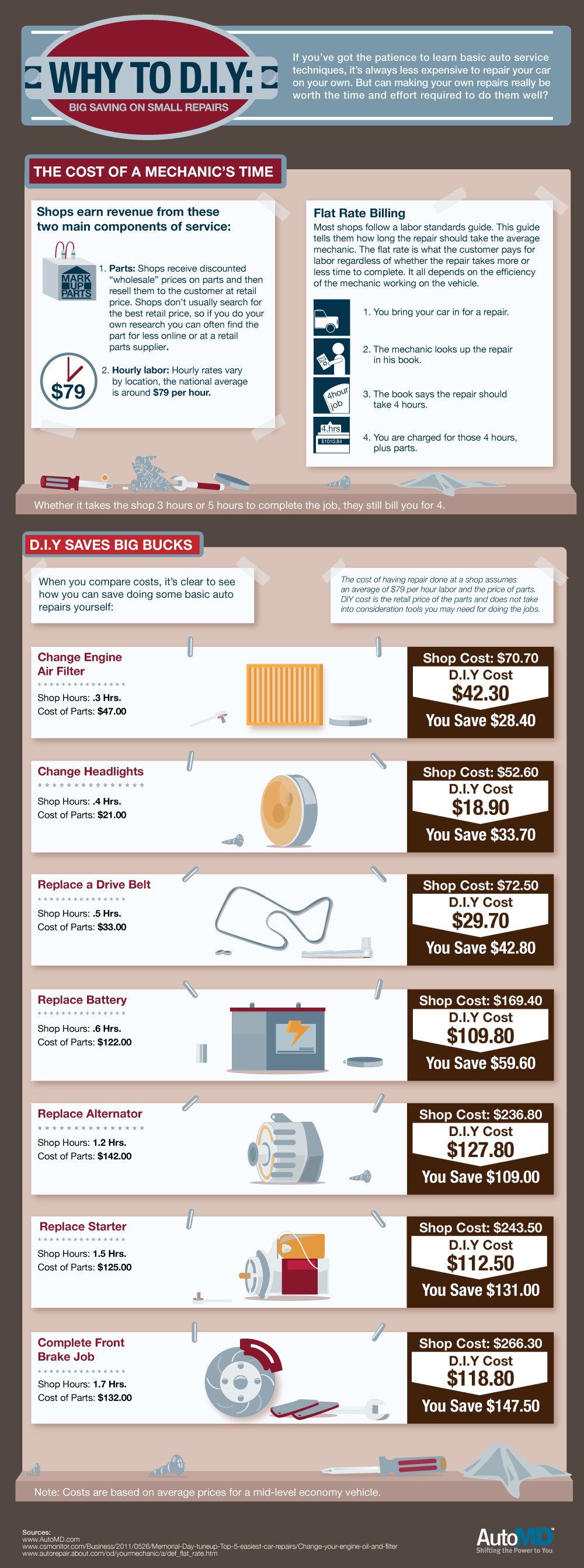When you lag the wheel, those glowing warning lights on your control panel can be a bit difficult. Do you recognize what they're attempting to tell you about your cars and truck's health and wellness? Recognizing the significance of these lights is essential for your safety and security and the longevity of your lorry. So, the following time one of those lights appears, wouldn't you want to analyze its message precisely and take the essential steps to address it?
Common Warning Lighting and Interpretations
Identify common caution lights in your cars and truck and recognize their definitions to make sure risk-free driving.
The most typical warning lights consist of the check engine light, which signifies problems with the engine or discharges system. If this light comes on, it's critical to have your vehicle checked quickly.
The oil stress alerting light suggests low oil pressure, calling for instant attention to stop engine damage.
https://ecuremapping49493.blogvivi.com/30511725/prepare-to-elevate-your-cars-and-truck-s-appearance-in-less-than-an-hour-with-user-friendly-tips-that-will-certainly-leave-you-in-awe-your-fast-cars-and-truck-outlining-solution-is-just-around-the-bend flashing battery light might recommend a faulty charging system, potentially leaving you stranded otherwise resolved.
The tire pressure monitoring system (TPMS) light informs you to low tire stress, impacting car security and fuel effectiveness. Overlooking click over here could bring about dangerous driving conditions.
The ABS light suggests an issue with the anti-lock stopping system, compromising your capability to quit rapidly in emergencies.
Lastly, the coolant temperature level alerting light warns of engine overheating, which can result in serious damage if not solved promptly.
Comprehending these common caution lights will certainly help you attend to issues immediately and preserve safe driving conditions.
Value of Prompt Interest
Recognizing the usual caution lights in your vehicle is just the first step; the relevance of promptly resolving these warnings can not be stressed sufficient to guarantee your safety and security when driving.
When a caution light illuminates on your dashboard, it's your vehicle's way of communicating a prospective issue that needs attention. Ignoring these warnings can bring about much more serious issues in the future, endangering your security and possibly costing you extra out of commission.
Trigger focus to cautioning lights can stop malfunctions and mishaps. As an example, a flashing check engine light could suggest a misfire that, if left ignored, could trigger damage to the catalytic converter. Resolving this quickly can save you from an expensive repair work.
Likewise, a brake system advising light might indicate reduced brake liquid or worn brake pads, essential elements for your safety and security when driving.
Do It Yourself Troubleshooting Tips
If you observe a caution light on your dashboard, there are a few DIY fixing suggestions you can attempt before looking for professional assistance.
The very first step is to consult your auto's guidebook to understand what the certain warning light suggests. In some cases the issue can be as basic as a loose gas cap causing the check engine light. Tightening up the gas cap may resolve the problem.
One more usual issue is a reduced battery, which can activate various advising lights. Inspecting the battery connections for corrosion and guaranteeing they're safe could fix the trouble.
If a warning light persists, you can try resetting it by detaching the vehicle's battery for a couple of minutes and after that reconnecting it. In addition, examining your car's liquid degrees, such as oil, coolant, and brake fluid, can aid troubleshoot advising lights associated with these systems.
Final thought
In conclusion, understanding your cars and truck's caution lights is important for maintaining your vehicle running efficiently and safely. By promptly dealing with these signals and recognizing what they indicate, you can prevent costly repair work and possible failures.
Bear in mind to consult your cars and truck's guidebook for particular information on each warning light and act as necessary to guarantee a trouble-free driving experience.
Keep informed, remain safe when driving!
